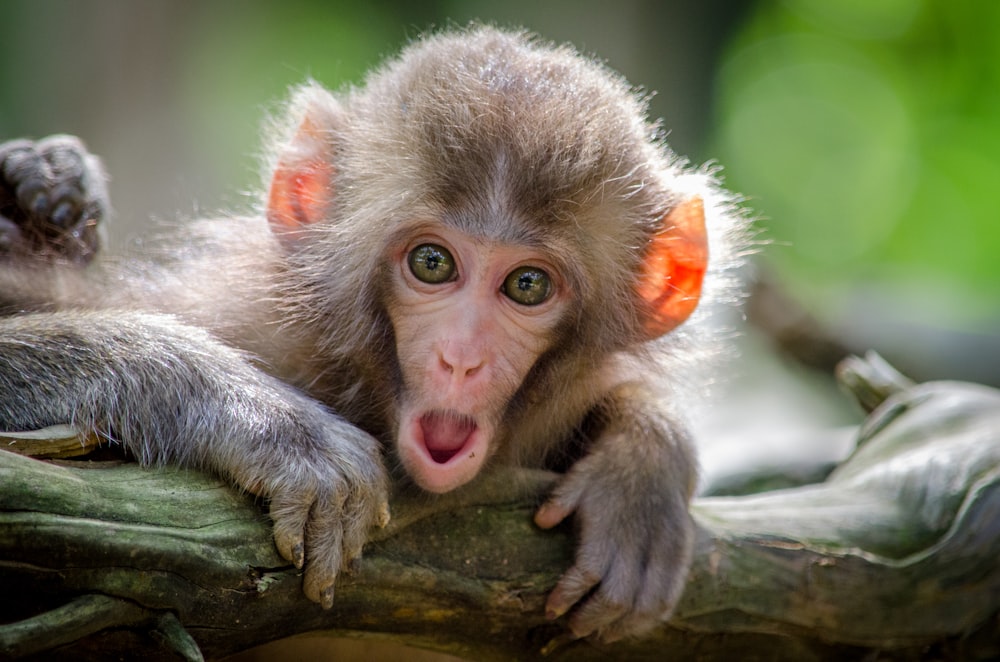1. High altitude negatively impacts the survival
of humans because for starters, not everyone can survive being in a high
altitude. Once a person reaches a high altitude, they start breathing more,
taking in more breaths, as their body tries to increase oxygen intake. However,
no matter how fast you breathe, your body will continue to get less oxygen in
your circulatory system, which means you’ll have less oxygen in your muscles which
effects your daily performance. Being at a high altitude also increases water loss,
which can lead to dehydration. It can also speed up your metabolism, yet also suppresses
your appetite, this will cause a person to eat more then they need to. Being
exposed to high altitudes also increases glucose and insulin in the body, which
can lead to acute altitude hypoxia. A person may also experience headaches,
nausea, lethargy, dizziness and not be able to sleep very well. People can
adapt to living in a high altitude over time. Those that are native to high altitudes
usually have a larger lung capacity. But high altitudes can create a lot of problems
if a person hasn’t or is unable to adapt to that environment.
2. Cold
temperatures place a lot of stresses on the body. The mortality rate grows
rapidly in the cold. There are more deaths as a result of cold temperatures
then there are hot temperatures.
The short-term adaptation, is how we heat up the body in cold temperatures.
This is done by shivering. Shivering occurs when a person is in air temperature
under 77 degrees Fahrenheit. Shivering
is a body function that is a response in humans and other animals, when their
core body temperature drops. Shivering helps maintain homeostasis. Skeletal
muscles shake in small movements, creating warmth as they expand energy.


Development adaptation for cold is: Human
bodies adapted to the cold, by a change in their body shapes. The human body
evolved in ways to help stay warm. Some of the changes are short, wide bodies
which help conserve heat. Also living in cold climates, their main source of food
is through hunting, causing humans to eat a lot of meat, having a shorter body
would have a shorter digestive tract, helping efficiently process the food.
Cultural adaptation to the cold is: Layers, we are
able to put on multiple layers to help us stay warm, so we aren’t exposed to
the cold. Dressing in layers creates an air space between the skin and cold,
this space helps insulate your body. Layers are also looser, which allows for
better blood circulation which helps maintain your body temperature.
3. The
benefits of studying human variation from the perspective across environmental lines
is beneficial because it helps us understand how people have adapted, and how
they are able to survive in these environments. It’s amazing how adaptable the human
body is, it’s constantly evolving to adapt to whatever comes its way. It’s also
very interesting to see how our ancestors may have adapted, in the environments
they lived in. I am really into studying
my own ancestry and I find it very interesting to see how things have changed
over the years for my own ancestors. Looking back to my family tree from the
1400’s is truly amazing to see how the human race just evolves and adapts, when
life around us is constantly changing-from the weather, to catastrophic events,
to pandemics like we are experiencing now. We adapt. I feel this information is
very useful to help us, we are a culture that travels a lot, and due to this
knowledge we know how to prepare- for instance if we are going to Iceland, we
will bring warm clothes, as we know it’s cold there. If we are going to Hawaii,
we’ll bring summer clothes, as we know its very hot- through this knowledge we
are able to plan our lives, and live our lives with some understanding of what
to expect.
4. I
wouldn’t say race but the environment helps us understand the adaptations I
listed in #2. For instance I mentioned that our bodies changed and adapted to
the cold climate, people in cold climates became shorter and rounder. Eskimos are known
to live in cold climates, such as Russia, Alaska, and other cold climates, and
the average height of an Eskimo Man is 5 feet 4 inches. When you compare that to the rest of the world
where the average height is taller then that, you see that it’s not a race thing
at all, as Eskimos are not a race, its
just how you adapt to that environment. Studying environmental influences helps
us to understand the people better, and how the adapted to each situation.



